Medical Terminology 201
Learn Advanced Medical Terms
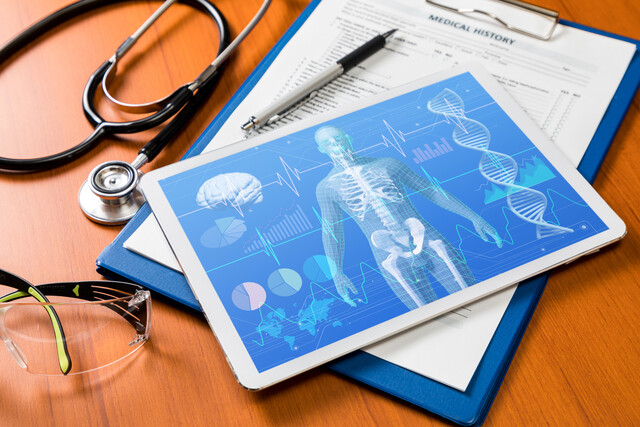
17 Hours average completion time
1.7 CEUs
7 Lessons
15 Exams & Assignments
343 Discussions
7 Videos
27 Reference Files
100 Articles
Mobile Friendly
Last Updated December 2025
Mastering the Language of Healthcare: Medical Terminology 201
The healthcare industry is a vast, interconnected web of professionals, each serving a vital role in the well-being of patients. At the heart of this intricate network lies medical terminology--a language that acts as the pulse of every healthcare-related communication. Understanding this language isn't just a skill; it's a necessity for anyone hoping to navigate the medical field with finesse and proficiency.
"Medical Terminology 201" serves as an advanced gateway into this language. While prior experience or training, like our foundational "Medical Terminology 101" course, is advantageous, it isn't mandatory. This course has been sculpted for both seasoned professionals and eager newcomers keen on deepening their understanding of medical linguistics.
Central to our curriculum is an exploration of terms and concepts rooted in human anatomy. The course unravels the intricate tapestry of the human body, delving deep into each body system. Each lesson is meticulously curated, beginning with the foundational structures and functions of a system. This is followed by a dive into the realm of pathology, diagnostic tools, and procedural terminology. Our online classroom has been designed for optimal learning, offering an intuitive, easy-to-navigate interface that transforms the daunting task of medical terminology mastery into a streamlined, enjoyable experience.
But why, one might ask, is understanding medical terminology so crucial? The reasons are manifold:
-
Career Versatility: This knowledge is foundational for those stepping into the spheres of medical coding or medical billing. With the ever-growing healthcare industry, having expertise in medical terminology can significantly expand and improve job opportunities.
-
Interdisciplinary Communication: Whether you're eyeing roles in hospitals, insurance firms, government health agencies, or even in the legal domain--where medical record interpretation is vital--grasping medical terminology ensures efficient and error-free communication.
-
Enhanced Patient Care: For those in direct patient care roles, understanding medical language deepens patient-practitioner relationships, ensures clear communication, and often leads to better patient outcomes.
-
Broad Applicability: If you're veering towards any health and science career that necessitates interactions with physicians, dentists, or other medical experts, fluency in medical terminology is indispensable.
Our course structure offers a systematic journey through the human body:
-
Lesson 1. Integumentary System: Dive into the world of skin, its layers, functions, common diseases, diagnostic procedures, and relevant medical procedures.
-
Lesson 2. Respiratory System: Explore the mechanisms of breathing, the organs involved, common respiratory ailments, and the medical jargon associated with this vital system.
-
Lesson 3. Digestive System: Understand the journey of food, from ingestion to excretion, and familiarize yourself with terms related to common gastrointestinal conditions.
-
Lesson 4. Cardiovascular System: Delve into the heart of the matter--literally! Learn about the heart, blood vessels, circulation processes, and associated medical terms.
-
Lesson 5. Musculoskeletal System: Grasp the framework of the human body, diving deep into bones, muscles, ligaments, and their associated terminologies.
-
Lesson 6. The Nervous System: Navigate the intricate network of nerves, the brain, and spinal cord, understanding the terminologies associated with common neurological conditions.
-
Lesson 7. Genitourinary Systems: Explore the reproductive and urinary systems, their functions, common ailments, and associated medical procedures.
Each lesson is replete with assignments, exams, surveys, and documents, offering a comprehensive understanding of the topic at hand.
In the ever-evolving landscape of healthcare, fluency in its language can set you apart, ensuring not just career growth but also the satisfaction of efficient, effective, and compassionate patient care. "Medical Terminology 201" is your stepping stone into this world, offering a blend of in-depth knowledge and practical insights. Join us and hone the linguistic prowess that powers the world of healthcare.
- Broad applicability in health and science careers
- Insight into procedural medical terminology
- Effective diagnostic language comprehension
- Proficient in identifying pathology terms
- Career versatility in healthcare fields
- Terminology-driven patient-practitioner communication
- Advanced understanding of human anatomy terminology
- Enhanced medical terminology proficiency
- Improved interdisciplinary communication skills
-

Personal Finance 101: How to Manage Your Money
-

Dog Grooming 101
-

Running Effective Meetings
-

Understanding Addictions
-
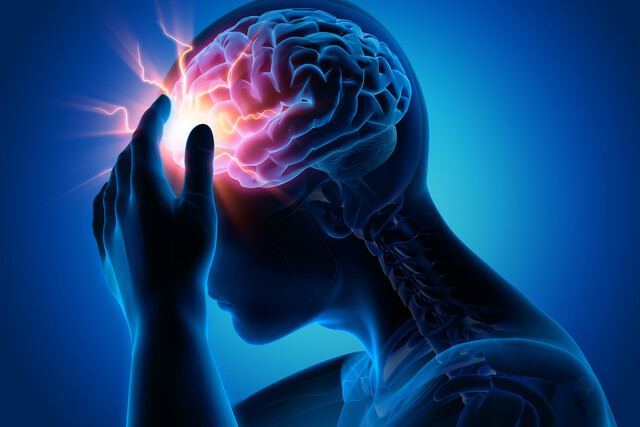
Understanding Concussions
-

Ultimate Secretary Training Bundle
-

Reiki Ultimate 5 Course Bundle: Reiki Levels 1-5
-
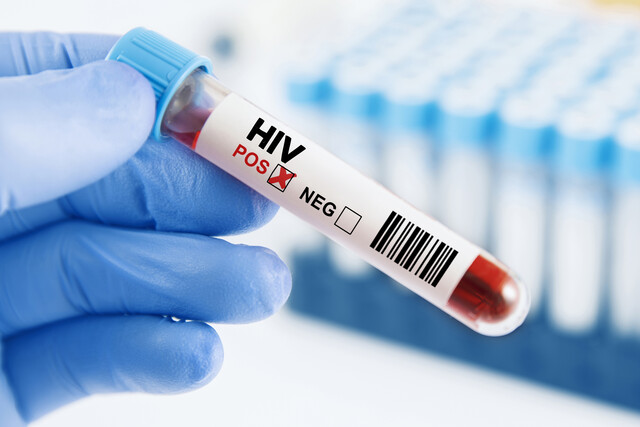
Caring for Patients with HIV/AIDS
-

Introduction to Medical Coding
-

Medical Terminology 101
-

ICD-10: Medical Coding
-

Confidence Building
-

Understanding Drug and Alcohol Abuse
-

SalesForce 101
-

The Bullying Solution: Strategies for a Kinder Classroom
-

CPT Coding for Beginners
-

Medical Terminology for Medical Coders
-
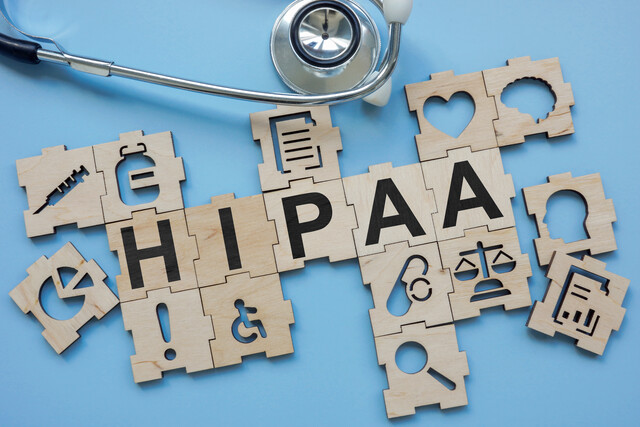
HIPAA Compliance 101
-

Careers in Healthcare
-
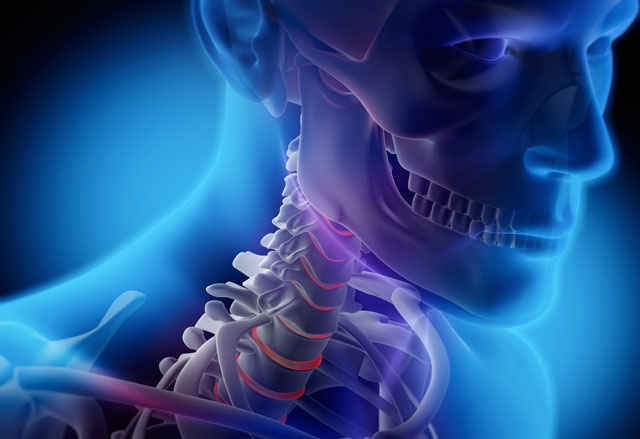
Anatomy and Physiology 101
-

Creating a Level Playing Field in the Workplace
-

Pet Sitting & Dog Walking Business
-

Habits of Millionaires
-

Recruitment and Retention Strategies
-

Buying and Selling Antiques and Collectibles